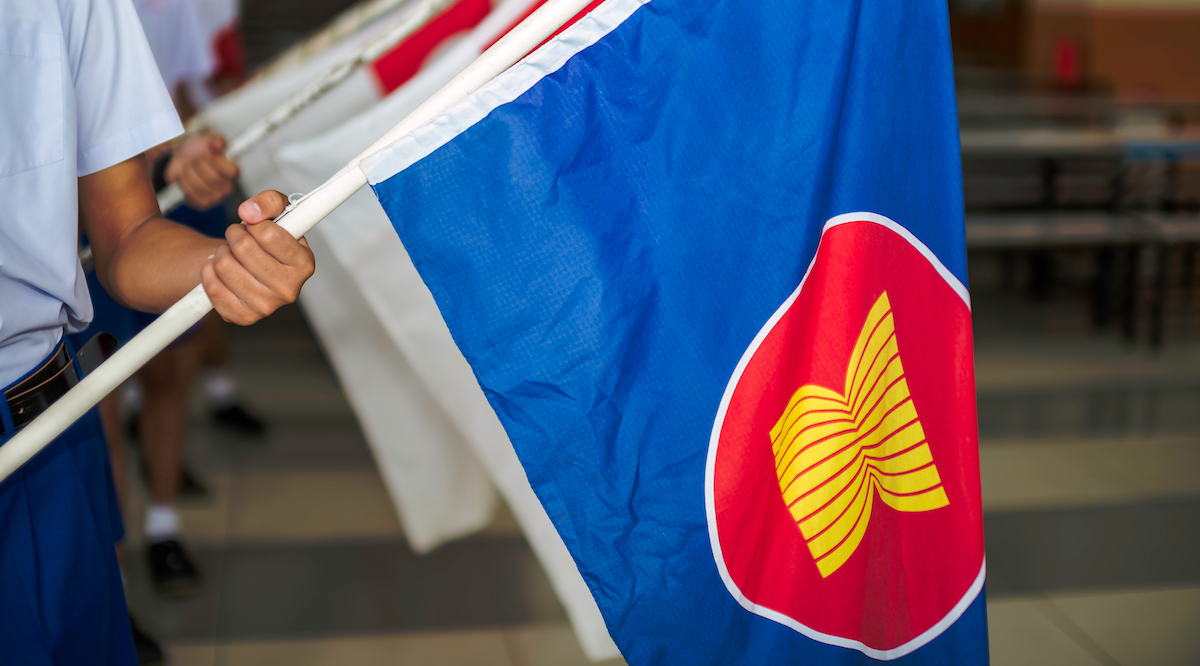Regional grouping sheds ‘non-interference’ in Myanmar case but that’s only the first step
By Yanitha Meena Louis and Muhammad Sinatra
THE 38th and 39th Asean Summit kicked off on 26 October under the chairmanship of Brunei. The summits created a buzz even before they started – with the unprecedented exclusion of Myanmar. Asean leaders backed this bold “interference”.
This exclusion could save Asean’s credibility. At a deeper level, however, the Myanmar crisis has forced Asean into an “existential crisis” over its central tenets and increasing scrutiny from regional and international audiences.
Perhaps this is a blessing in disguise. For so long, experts and the population have asserted the necessity for Asean to “evolve”, to stay relevant amid the dynamic realities of Southeast Asia.
Our argument is if the humanitarian crisis and death of more than 1,000 civilians in Myanmar are not enough to precipitate “changes”, then perhaps Asean has lost perspectives on some of its lofty ideals.
Others have framed this as an opportunity for Asean to undertake some “soul searching”. We, on the other hand, contend that it is time for Asean to “evolve”, which not only involves stock-taking its achievements and shortcomings but find ways to transcend its current state.
In the face of a global crisis, Asean cannot afford not to “evolve” when the pandemic has forced everything and everyone to “change”. Asean cannot remain a relic of the past, an entity that does not resonate with regional reality.
As the international community lauds Asean’s decision to exclude the Myanmar junta, they are giving more credit than it deserves. The decision was expected months ago when the situation in Naypyitaw was deteriorating, with civilians facing the brunt of it. Still, it is not too late to “evolve”.
Asean must now live up to the plaudit and not regress. For Asean, “evolving” could mean facing the “elephants in the room” head on and engaging all stakeholders, dialogue partner or not, to find long-term solutions to regional challenges, including Myanmar.
Asean must be bold, strategic, proactive, perceptive and most of all, introspective, going into these efforts.

Dialogue partners have supported Asean-led initiatives, more so after the onset of the pandemic. Asean must reciprocate to find solutions to pandemic recovery – trade, healthcare, vaccine equality and reopening of borders.
Dialogue partners recognise the concept Asean centrality. Most of their major initiatives pivot around Asean’s wellbeing and a desire to deepen cooperation with member states.
Asean must capitalise on this impetus and be proactive instead of reactive to these efforts. “Evolving” here means, for instance, shaping the agenda and parameters of the Regional Comprehensive Economic Partnership (RCEP), Quad, US-Asean strategic partnership and India’s Indo-Pacific Ocean’s Initiative, among others.
Asean must also be more receptive to neighbours which want to cooperate on pressing regional issues. This includes expanding its strategic partners.
Take Bangladesh, for example. The crisis in Myanmar has direct implications for Bangladesh, a country host to more than 1.2 million Rohingya as of August. Dhaka is an obvious partner that Asean still has not engaged to develop a contingency model for the current situation.
Asean’s structure is another point to highlight. With so many instruments, agencies and bodies functioning under its aegis, Asean is a bloated bureaucracy, even before the introduction of new instruments in the latest summits.
These include the public health coordination systems and centre for public health emergencies and emerging diseases. While these are to be lauded, they sap the resource-strapped Asean Secretariat and member states.
To “evolve”, Asean should stop creating new bodies. As it is, Asean’s bureaucratic structure, process and language alienate the people it seeks to serve. This gap is compounded by Asean’s communication difficulties. Its website and social media fail to explain and reach out to the masses.
Asean will only succeed if it the people and member states believe in it. The younger generation does not have a positive view towards Asean, at least among those with some knowledge about the grouping. Asean’s survival depends on its ability to stay relevant to the next generation. To us, this means Asean needs to “evolve”, by revisiting its core principles, structure and performance in the 54 years of its existence.
This sounds like a broken record. But if the same ideas keep emerging over the years, perhaps there is some truth to them.





